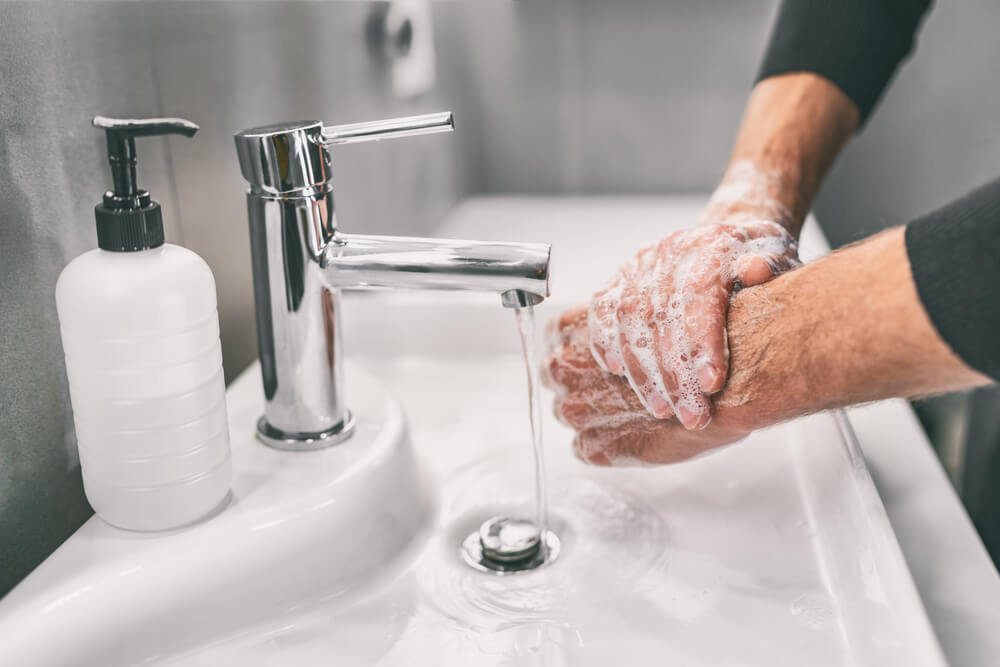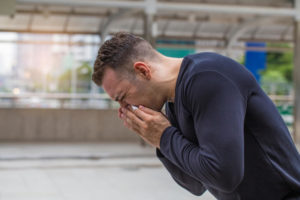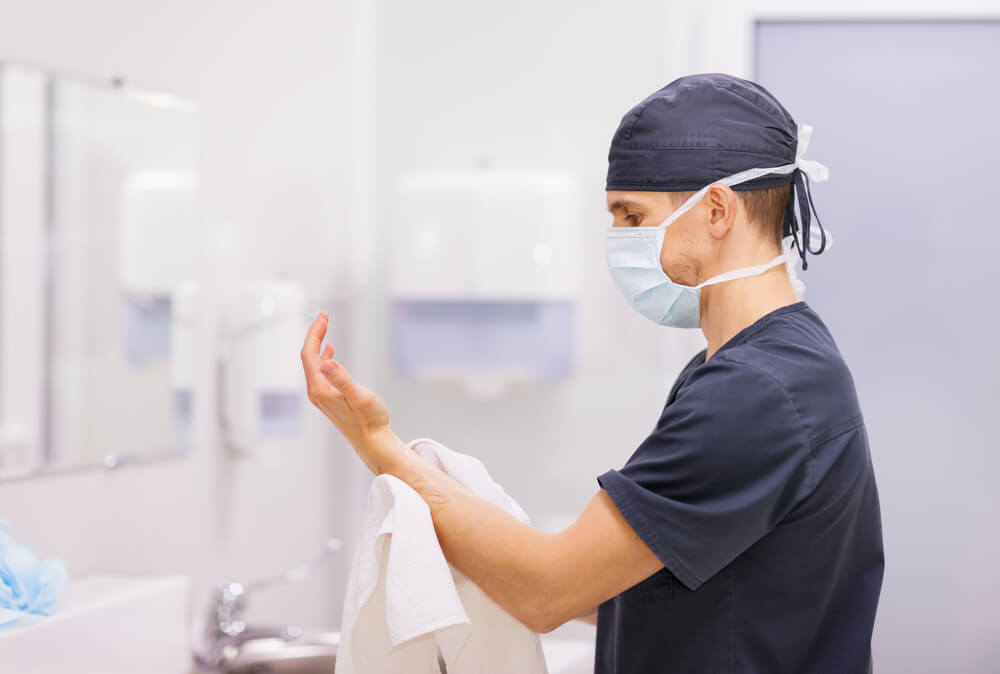
27 Oct Tips for Improving Hand Hygiene
Washing hands saves lives. Before the pandemic, this may have sounded like an extreme sentiment. Still, unfortunately, the public is much more likely to understand the gravity of hygiene in a world healing from the COVID-19 pandemic. Here’s some information to emphasize with your team to help explain the importance of handwashing, as well as some tips to boost hand hygiene in the workplace.
Healthcare-Associated Infections
Despite the apparent simplicity of hand hygiene, it plays a vital role in any place where people congregate. Healthcare-associated infections (HAIs) are shockingly common in American healthcare.
The contracted illnesses are often respiratory, blood, urinary, or surgical. The cost of HAIs tends to exceed ten billion dollars annually. HAIs are most often contracted from indwelling urinary catheters, central lines, ventilators, and surgical sites.
Within or without a healthcare setting, hand washing stops the transmission of germs in its tracks. When working with patients, constituents, and coworkers in care settings with vulnerable populations, it is vital to have clean hands.
What Are the Dangers of Unclean Hands?
Germs spread quickly from a contaminated surface to access points on the human body. People also spread germs to others by engaging in unsafe conduct. A few ways that germs are spread include:
- Frequent touching of access points on the face, like the nose, eyes, and ears
- Engage in food or beverage preparation or serving with unwashed hands and/or inappropriate PPE
- Interact with contaminated surfaces
- Inappropriately dealing with coughing and sneezing
Part of keeping hands clean is keeping the equipment that hands interact with clean as well. Have plenty of supplies available at all times to make cleaning surfaces quick and easy. Having cleaning supplies solely in a locked closet may not be accessible for all workers when a need to clean arises.
Stocking disinfectant wipes in locations that are easily accessible to staff while caring for patients supports surface decontamination and reduces hand contamination.
Know When to Perform Hand Hygiene in a Healthcare Setting
Hand hygiene should be a consideration in the following situations, and in any others where possible contamination has occurred:
- After sneezing or coughing
- Before and after using or interacting with a restroom
- Before and after patient interactions
- Whenever coming into contact with bodily fluids
- After glove removal
- Before eating or handling food
- After touching contaminated surfaces
- When moving from a dirty body site to a clean body site
Making Hand Hygiene Easier
Hand hygiene goes far beyond handwashing. Executing hand hygiene appropriately can help to break infection cycles.
Gloves
Part of appropriate hand hygiene is using the appropriate personal protective equipment (PPE). Gloves are an essential part of healthcare PPE. Always have plenty of gloves on hand for workers of all sizes. Gloves should be available at the point of use, which generally means in patient or resident rooms.
Gloves create a physical, disposable barrier between human skin and potential contaminants. In healthcare settings, it is expected to use gloves when bodily fluids are present. However, not all healthcare providers will remember to wear gloves during what feel like more routine procedures.
Unfortunately, even situations that may seem casual and safe do not come with guarantees. Clean hands help protect patients, but gloves take safety a step further. Gloves protect the healthcare provider from potential contaminants.
Gloves should always be used when interfacing with bodily fluids, tissues, broken skin, and blood. Wearing gloves appropriately ensures that they continue to serve their purpose. Avoid using hand creams and lotions before donning gloves to best ensure that the gloves preserve their integrity.
Although gloves help to protect healthcare worker hands from contamination, gloves are not a substitute for hand hygiene. It is not uncommon for healthcare workers to miss hand hygiene opportunities after glove removal.
Promoting Correct Handwashing Techniques
Promoting hand hygiene in the workplace means providing adequate and oftentimes convenient access to handwashing stations. Keep these stations stocked with soap and paper towels, to encourage hand washing. The fewer barriers to handwashing, the more likely people are to do it more often.
Can Hand Sanitizers Replace Correct Handwashing?
Studies in healthcare have shown that alcohol-based hand sanitizer (ABHS) is kinder to hands, is more effective and increases compliance with hand hygiene. Both the Center for Disease Control (CDC) and the Center for Medicare and Medicaid Services (CMS) recommend using alcohol based hand sanitizer (AHBS) rather than soap and water.
Have hand sanitizers available for employee use, since it takes less time than hand washing, which is important in a busy healthcare setting. Studies have indicated it is done more efficiently throughout the day than a full hand washing routine. Make sure that the hand sanitizer you select has an alcohol content of greater than sixty percent.
To use hand sanitizer, squeeze it into the palm. Rub hands together, being sure to cover all surfaces, continuing until they are completely dry. Rubbing should occur for twenty to thirty seconds.
Stay Vigilant About Cleanliness
Germs can spread easily through our hands because we’re constantly touching surfaces, our face, or instruments and our patients. That’s why hand hygiene is essential in preventing infections. Follow good practice when it comes to washing your hands and use appropriate PPE in keeping with standard precautions to protect yourself and your patients from infection. Contact Infection Control Results today to speak with one of our talented infection control experts.


